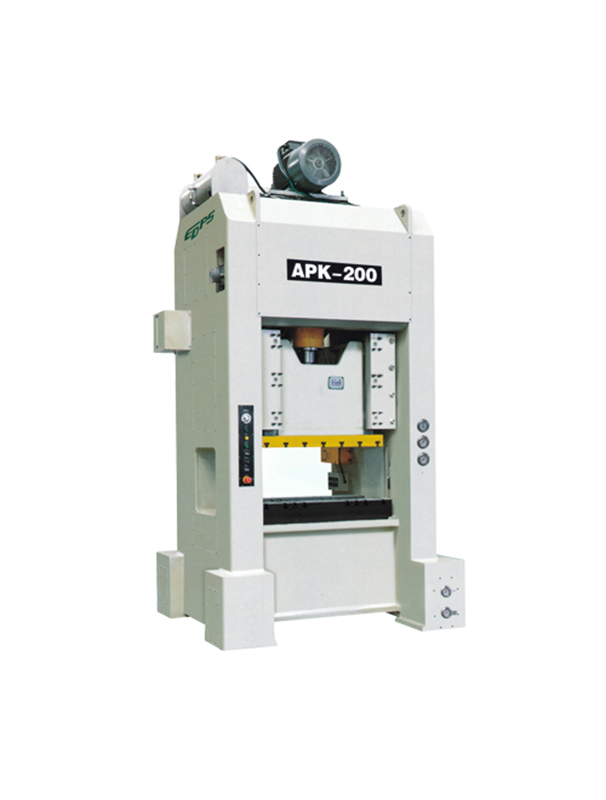One of the key reasons to consider when buying a high-speed punch is to buy a precision punch. The key factors affecting the tonnage of precision punch press include the length of the parts, the thickness of the material and the strength of the material.
The plate area and stroke length are determined by the shape and depth of the parts. For daily production capacity, the key is to calculate the number of strokes per minute and the number of presses required for precision presses, so as to meet the overall production requirements. In this way, each feature is considered together, including parts processing characteristics, material properties, application tool characteristics, etc. for the process of punching, piercing, etc., it is necessary to select the punch with short stroke and high speed; for the forming and extension process, the punch with long stroke and slow speed should be selected; when it is used for stamping, embossing and other processes, it must be selected at the bottom dead point, Short stroke press with high energy.

It can be seen that the larger the tonnage of the punch, the higher the price of the punch. Here, the editor reminds customers that they do not have to pay attention to the price of the punch when choosing a punch. Only the tonnage of the punch suitable for its own stamping die products can be regarded as the best precision punch.
Grade A2 punch is generally used in the bending process of precision punch. For example, when the product precision is strictly regulated, especially when the springback force is strictly regulated, the bending accuracy of tin bronze and other sheet parts with small tolerance error of plate thickness can only be achieved by using A1 grade punch. Therefore, the different thickness of the product material is more important than the punch specifications and models. If there is no difficult problem in the bending forming of grade 2 precision materials, good results can be obtained by using B2 grade punch press. However, such plates sometimes infiltrate into thick and hard materials, causing the die shell to cause load conditions. For example, the rigidity of the precision punch is good, it is very likely not to cause deformation, but to cause damage or deformation of the die shell.